In this article, Andy Doyle, Darren Carty, Siobhán Walsh and Aidan Brennan outline 20 steps the industry should consider if it wants to grow more feed.
They are listed in no particular order of priority.
However, most come before the suggestion to bring an additional acre under the plough on livestock farms.
1. Introduce policy to get more land into the hands of specialised tillage farmers.
2. Tweak the rules in schemes such as the Green Low-carbon Agri-Environment Scheme (GLAS) to remove barriers to make that land more productive.
3. There are 13,500ha growing wild bird cover – edit the rules on this land area (an amnesty), especially on land that is suitable for growing forage.
4. There are 270,000ha in a low input permanent pasture – allow the harvesting of a crop on this land.

5. There are 70,000ha in traditional hay meadows – bring forward cutting date on these lands to allow for higher-quality forage.
6. Tweak the environmental management of fallow lands to allow a standing crop to be taken from these areas on a once-off basis.
7. Consider a forage scheme and establishment of contracts to boost the growing of forage crops planted after tillage crops with maybe the co-ops as a broker.
8. There were 20,709.4ha of catch crops grown as part of GLAS and can be grazed from 1 December each year. A plan could be developed to tweak this.
9. Boost yields from existing tillage crops.
10. Allow and set policy to allow organic manures be used on existing tillage ground.
11. Consider tax breaks for farmers who lease land to tillage farmers on conacre system.
12. Divert malting grains into feed.
13. Provide zero-interest rate loans to tillage farmers for fertiliser.
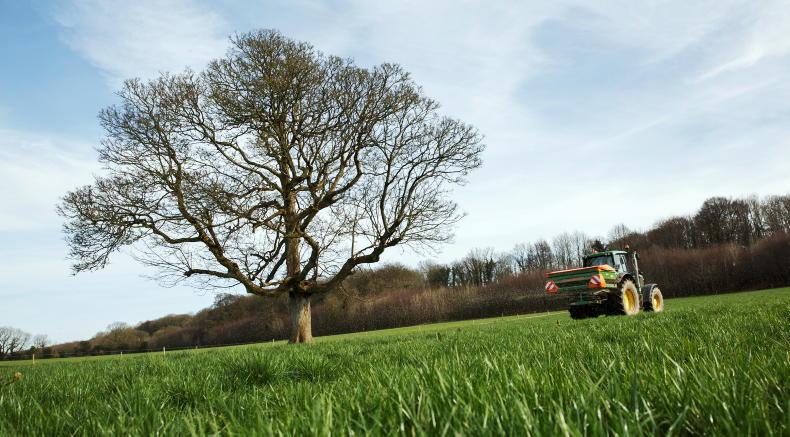
14. Use €40m unspent funds in BEAM to support small farmers to purchase fertiliser.
15. Reward tillage farmers for growing higher yielding crops – for example, sugar beet over spring barley.
16. Bring land around airports into production.
17. Use fertiliser better – don’t spread in high fertility areas within a paddock and maximise what soiled water is collected.
18. Consider growing vegetables on a small area of land.
19. If weather permits, don’t delay first cut. An earlier first cut allows for a higher-yielding second cut.
20. Consider a high-yield fodder crop such as fodder beet, but make sure you annualise yields, as land can be out for 18 months in beet and also these crops require high nutrient levels that may or may not be available.
For more, see this week's Irish Farmers Journal.





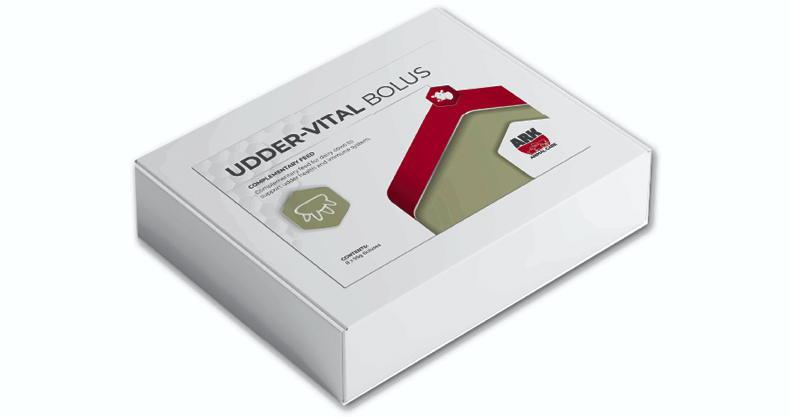
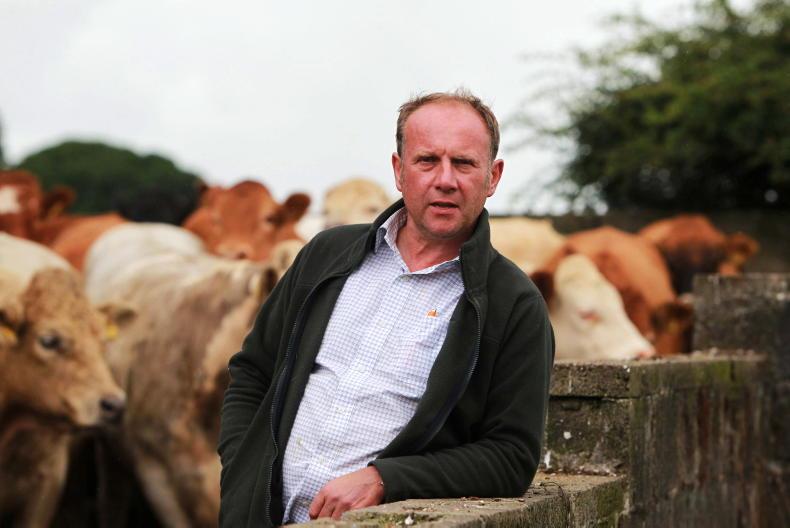
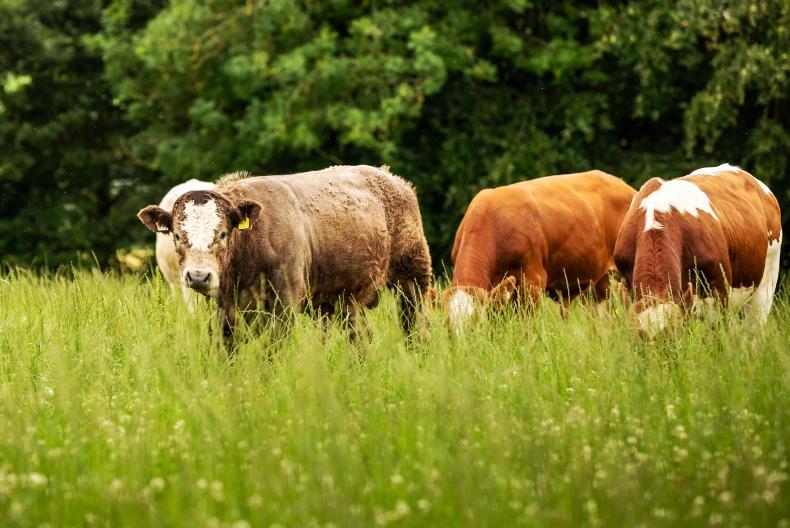
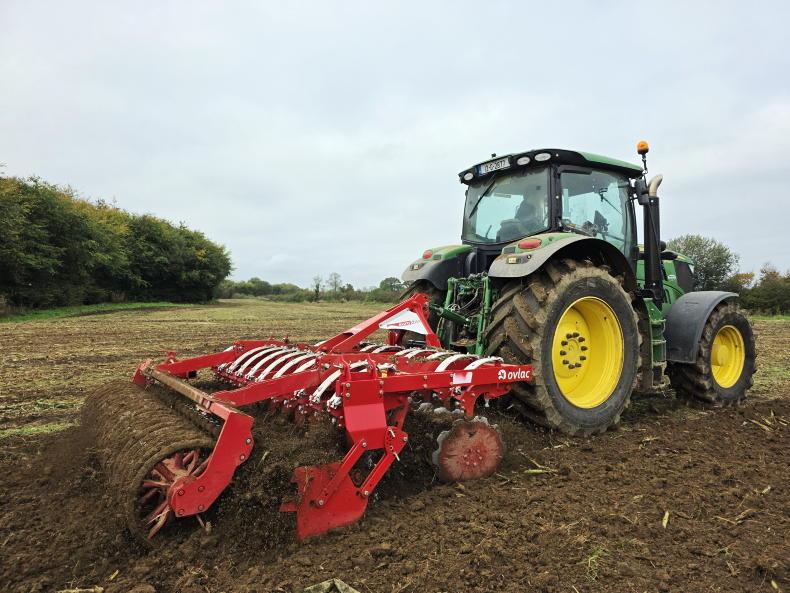
SHARING OPTIONS